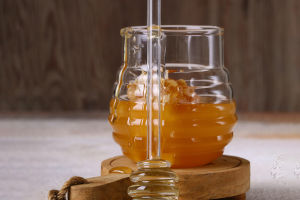In 1956, Dr. Harman introduced the concept of free radicals, suggesting that aging results from cells being excessively oxidized by these molecules.
Free radicals, which are highly reactive byproducts of biochemical reactions in the body, play a dual role in human physiology.
At controlled levels, they perform beneficial functions such as aiding energy transport and combating pathogens and toxins. However, when their production exceeds normal levels, they can become harmful, triggering a series of reactions that disrupt cellular function and pose health risks.
Under normal conditions, the body maintains a balance of free radicals, which typically remains stable until around age 25 but weakens with age and changing physical conditions. Excessive production of free radicals or a decline in the body's ability to neutralize them can lead to chronic diseases, including those associated with aging. This process, known as oxidation, damages DNA, proteins, and lipids within cells, accelerating cellular and tissue aging. To counteract this, focusing on antioxidant measures is crucial.
The interest in grape seed for its antioxidant and anti-aging benefits stems from compelling experimental evidence:
Jack Masquelier, a prominent French medical doctor and professor at the University of Bordeaux, discovered that grape seed proanthocyanidin extract achieves an impressive 85% bioavailability in the human body. Within just 20 minutes of ingestion, proanthocyanidins are detectable in the bloodstream and remain effective for up to 72 hours. Masquelier's research highlighted that these compounds exhibit potent antioxidant properties, surpassing Vitamin C by 20 times and Vitamin E by 50 times in their antioxidant effects.
Dermatology studies examining the impact of grape seed proanthocyanidin extract on sun-damaged skin cells found that applying it topically before UV radiation exposure significantly reduced the number of sunburn cells compared to unprotected skin. This suggests that proanthocyanidins offer effective protection against acute damage caused by UV radiation, demonstrating robust antioxidant and free radical-scavenging effects.
Proanthocyanidins in grape seed extract primarily exist in the form of oligomeric proanthocyanidins, which are biologically active due to their small molecular size and efficient absorption through cell membranes. In contrast, cheaper polyproanthocyanidin extracts, though less effective, are sometimes substituted by less reputable vendors. Combining grape seed extract with extracts from white nuts enhances its anti-aging effects, leveraging the synergistic antioxidant properties that promote skin elasticity and overall skin health.
In conclusion, grape seed extract, particularly its proanthocyanidin content, emerges as a potent antioxidant with significant anti-aging properties. Its ability to neutralize free radicals and protect the skin underscores its value in skincare and anti-aging therapies. However, ensuring the quality and composition of grape seed extracts is essential to maximize their efficacy and derive their full antioxidant benefits.


